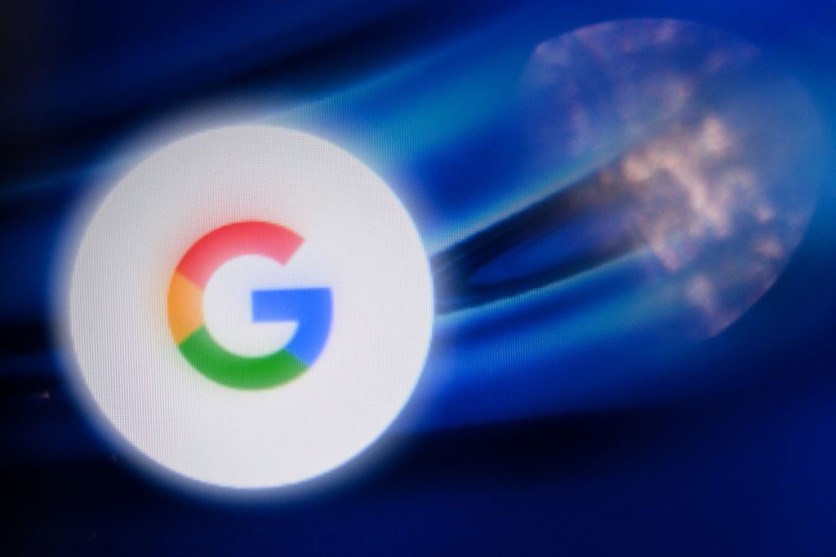Google has announced significant improvements to its AI-powered language model, Bard, aimed at delivering more relevant responses to user queries.
The updates include enhanced location-based information, in addition to earlier upgrades such as incorporating images from Google Search, improved summarization capabilities, and the ability to identify matching sections from the provided sources.
By leveraging users' precise location data, Bard can offer more contextually relevant responses.
Users can manage their location preferences in the device's settings, allowing Bard to provide tailored information about local restaurants and other area-specific details.

Bard's Recent Updates
Bard is an AI language model developed by Google. It is part of Google's efforts to advance natural language understanding and provide more comprehensive and accurate responses to user queries.
Bard leverages generative AI technology to analyze and generate human-like text based on the given prompts or questions.
But it is also more of a response to the growing generative AI market with the rise of OpenAI's ChatGPT.
The primary goal of Bard is to assist users in finding information and completing tasks more effectively. It can answer a wide range of queries, including general knowledge questions, recommendations, summaries, and more.
With its recent updates, Bard offers features such as location-based information, image integration, improved summarization capabilities, and source identification.
These additions aim to provide users with more relevant and helpful responses, making it easier to obtain the desired information.
The inclusion of images from Google Search in Bard's responses was initially available for English responses, but now it has become widely available. This feature allows users to receive visual representations alongside helpful responses.
Users can also directly request images from Bard, with each image being accompanied by a source citation for transparency.
Read Also : Google I/O 2023: Pixel Fold Debuts, Features Thinnest Body and Biggest Battery Among the Competition
Summarization Capabilities
Google has also focused on improving Bard's summarization capabilities by incorporating advancements from their large language models.
The aim is to provide users with more concise summaries, facilitating a quick understanding of a topic. While Bard may not always produce perfect summaries, continuous improvements will be made based on user feedback.
In addition, Google has introduced features to enhance the usefulness of provided sources in Bard's responses. Each response containing a source will be accompanied by numbers indicating matching sections within the text.
Users can easily navigate to the corresponding section in the source by clicking on the numbers, improving transparency and enabling a seamless experience.
Integrating generative AI technologies into everyday internet usage has become increasingly prevalent, offering users quick and convenient solutions to various tasks.
Industry giants like Google and Microsoft compete in the AI race, continuously refining their AI-powered tools, such as Bard and Bing, to deliver improved user experiences.
Related Article : Google Chrome to Update with AI Features, 'GIFI' and 'Searchalong' Among Many Projects Besides 'Magi'

ⓒ 2025 TECHTIMES.com All rights reserved. Do not reproduce without permission.




